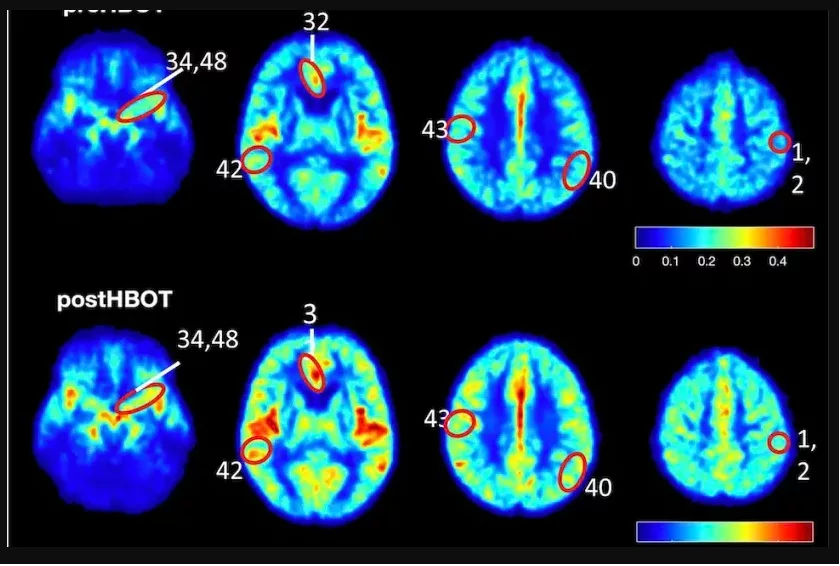 One of the ways The BART Foundation fulfills our mission is by carefully watching global research and clinical trial outcomes and sharing that information, in user-friendly language, with the TBI/ABI community. We read a recent Healthline article by James Roland about brain plasticity after head injuries that we thought would be useful to the TBI/ABI community.
One of the ways The BART Foundation fulfills our mission is by carefully watching global research and clinical trial outcomes and sharing that information, in user-friendly language, with the TBI/ABI community. We read a recent Healthline article by James Roland about brain plasticity after head injuries that we thought would be useful to the TBI/ABI community.
Brain plasticity, also called neuroplasticity, refers to the brain’s ability to adapt its structure and function in response to changes, such as a head injury or aging. Brain plasticity also involves the formation of new connections between neurons (brain cells). While not all functions can be reorganized or reestablished completely following an injury, the brain’s remarkable adaptability can often help people who had a stroke, traumatic brain injury, or other harmful events recover some function. Brain plasticity can be encouraged through cognitive therapy, physical therapy, and other treatments (such as those alternatives advocated for by The BART Foundation). The severity of the injury goes a long way toward determining how the brain responds. But it’s often possible to boost brain plasticity with interventions and rehabilitation during the healing process.
Read the article on Healthline to get “easy to understand” answers to questions such as:
What are structural plasticity and functional plasticity?
Can brain plasticity help you heal after a TBI?
Does age matter after brain injury?
Can you see brain plasticity on an MRI?
How long does it take to heal after a TBI?
Visit https://www.healthline.com/health/brain-plasticity-after-injury#whats-brain-plasticity to read the full article and access the Healthline library.
